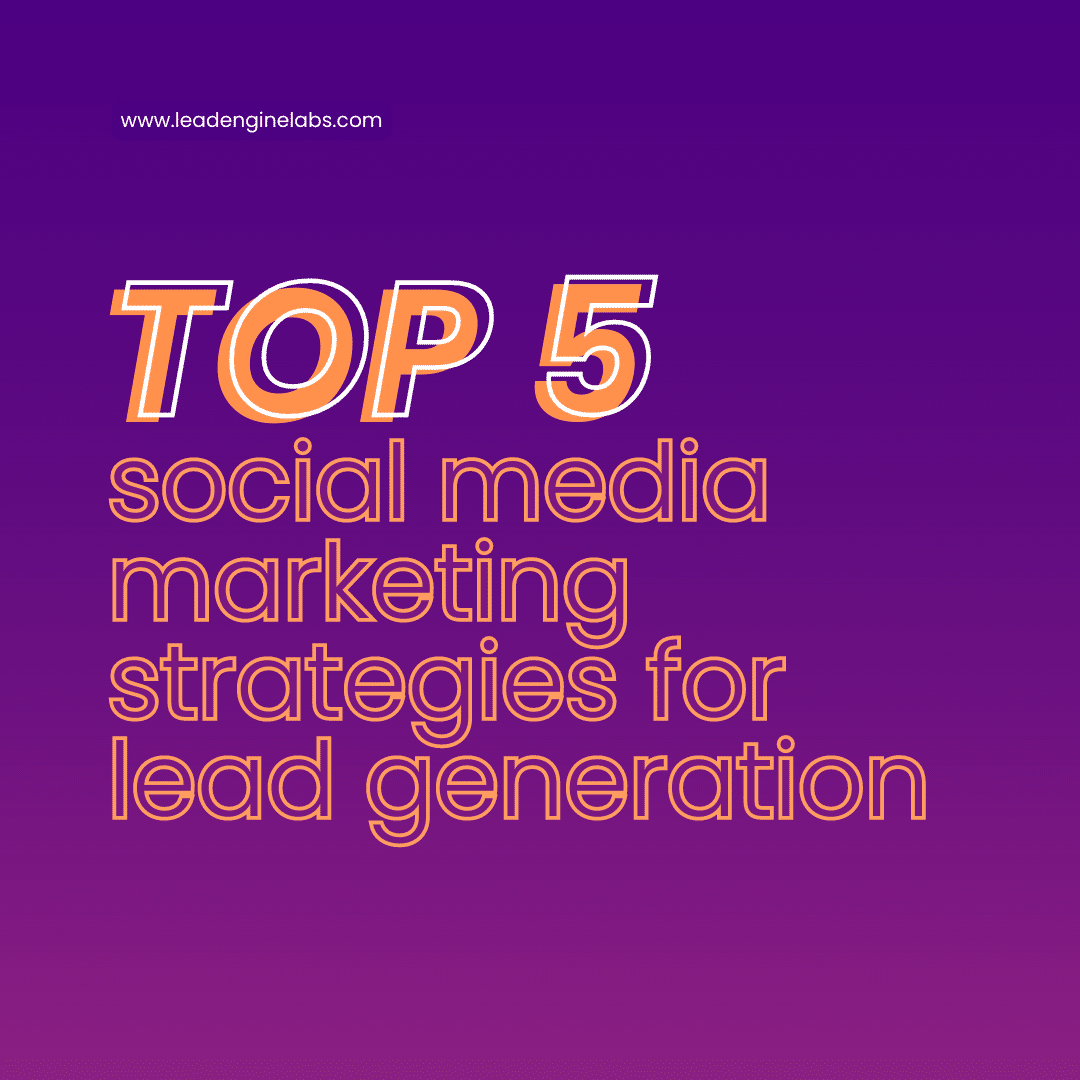You know the importance of a strong brand, but have you considered how your messaging affects that brand? Your value proposition is what sets your brand apart from competitors and communicates why customers should choose you. Crafting effective brand messaging can help you communicate this unique value to your target audience and ultimately drive sales.
In this article, we’ll explore the critical components of improved brand messaging and how to effectively communicate your value proposition. We’ll discuss common mistakes to avoid, techniques for crafting compelling messages, and tips for tailoring messages to different channels.
Key Takeaways
- Crafting effective messaging is crucial for communicating a brand’s unique selling points, building trust with customers, and increasing sales.
- Differentiation is important for positioning the brand as the solution to the target audience’s pain points and staying ahead in a competitive market.
- Testing and measuring the effectiveness of your brand messaging through techniques like A/B testing and data analysis can help refine the approach over time.
- Tailoring the message for each channel, engaging the audience with personalized visuals and storytelling techniques, and staying up-to-date with industry trends are all important for evolving the messaging strategy and staying relevant over time.
Understanding the Importance of a Strong Value Proposition
A value proposition identifies what makes your brand different from others, providing a clear message to potential customers about why they should choose you over competitors. The importance of differentiation cannot be overstated when it comes to creating a value proposition.
Identifying what sets your brand apart requires an in-depth analysis of the target audience. Knowing their needs and desires will enable you to tailor your messaging effectively, appealing directly to them. By understanding the target audience’s pain points, you can position yourself as the solution they need.
A well-crafted value proposition has several benefits: it helps build trust with customers by showing that you understand their needs, it increases sales by highlighting the benefits of using your product or service while addressing any concerns they may have, and it provides clarity on how you are different from competitors.
Common Messaging Mistakes to Avoid
One of the most significant errors is not taking your target audience into account when creating content. You must use language that resonates with them and speaks directly to their pain points and desires. Otherwise, your message will fall flat, and potential customers will lose interest.
Another mistake is using a generic tone that doesn’t reflect your brand personality or values. This approach can make your brand messaging feel unauthentic and unmemorable. It’s essential to define your brand’s unique voice and ensure that all communication aligns with it consistently. Doing so will help you differentiate from competitors and establish an emotional connection with customers.
Lastly, don’t neglect the power of visuals in conveying your message effectively. While words are necessary, images can provide a powerful visual representation of what you offer as a business. Make sure they’re high-quality, relevant, and consistent across all platforms to create a cohesive brand image that resonates with customers.
Crafting Effective Brand Messaging
Creating a Clear and Concise Message
Creating a compelling message starts by simplifying your messaging approach. Avoid using jargon or technical terms that may confuse or bore your audience. Instead, use simple language and focus on the benefits of your product or service.
To create a clear and concise message, identify the core value proposition of your brand. What sets you apart from competitors? What do you offer that no one else does? Once you’ve identified this unique selling point, craft a message that highlights it engagingly. Remember to keep it short and sweet, as attention spans are short in today’s fast-paced world.
Using Emotion to Connect with Your Audience
Connecting emotionally is one of the most effective ways to communicate your brand’s value proposition, as it allows you to appeal to your audience on a personal level. People are naturally drawn to stories that they can relate to, so by weaving an emotional narrative into your messaging, you can capture their attention and create a lasting impression.
One way to do this is by using storytelling as a tool for brand messaging. By telling stories that highlight the human element of your brand or product, you can make it more relatable and memorable for your target audience.
For example, if you’re selling eco-friendly products, you could tell the story of how one of your customers made a small change in their daily routine that had a big impact on reducing their carbon footprint. This not only shows the practical benefits of using eco-friendly products but also connects with people on an emotional level by appealing to their desire to make a positive impact on the environment.
Highlighting Your Unique Value Proposition
You can stand out from your competitors by highlighting what makes your product or service unique. By communicating your value proposition effectively, you can increase brand awareness and attract more customers.
Here are four ways to highlight your unique differentiators and communicate the value of your offering through storytelling:
- Start with a clear understanding of what sets you apart from the competition.
- Craft a compelling story that communicates this differentiation in a way that resonates with your audience.
- Use data and examples to back up your claims and demonstrate the tangible benefits of choosing your product or service.
- Continuously monitor and adjust your brand messaging based on feedback and results.
By following these steps, you can effectively communicate the value of your offering to potential customers and build a strong brand identity.
Tailoring Your Messaging to Different Channels
Cross-channel consistency is crucial for maintaining a strong brand identity, but this doesn’t mean that your messages should be identical across all channels. Instead, focus on personalization tactics that cater to the specific audience and platform.
For example, social media users tend to prefer concise and visually appealing content that can be quickly consumed. This means that your messaging on these platforms should be short and sweet with eye-catching graphics or videos.
On the other hand, email subscribers may have a longer attention span but receive a high volume of emails each day. To stand out in their inbox, craft personalized subject lines and body copy that speaks directly to their needs or interests.
Testing and Measuring Your Messaging
Message testing involves experimenting with different message variations to determine which resonates best with your audience. Data analysis, on the other hand, involves analyzing data to gain insight into how well your messages are performing.
One way to test your brand messaging is by conducting A/B testing. This method involves creating two versions of a message and sending them out randomly to similar groups of people. By comparing the performance of both messages, you can determine which version is more effective at achieving its intended goal. Another way to measure the effectiveness of your messaging is by tracking key metrics such as click-through rates, conversion rates, and engagement rates.
Data analysis plays a crucial role in improving your brand messaging. It allows you to identify patterns, trends, and areas for improvement in your messaging strategy. By analyzing customer feedback, web analytics data, or social media metrics regularly, you can refine and optimize your brand messages over time to better resonate with your target audience.
Integrating Your Messaging Into Your Brand Strategy
Aligning Your Messaging with Your Brand Values
By aligning your messaging with your brand values, you can effectively communicate your unique value proposition to potential customers and differentiate yourself from competitors. Consistency in messaging is key to building a strong brand identity and establishing trust with your audience.
Your messages should reflect the same values across all channels, whether it’s social media, advertising, or customer service interactions. This helps establish authenticity in messaging, which is crucial for creating an emotional connection with consumers.
To ensure that your messaging aligns with your brand values, consider these four tips:
- Start by defining your brand’s core values and mission statement.
- Use language that reflects those values when crafting messages.
- Make sure visuals such as logos and images also align with the message.
- Continuously monitor customer feedback to ensure that their perception of the brand matches what you’re trying to convey.
By following these tips, you can create a consistent and authentic message that resonates with customers.
Creating a Brand Messaging Guide
Creating a brand messaging guide is an essential tool for establishing consistency in communication and ensuring that everyone on your team understands how to represent your brand.
Creating a brand voice involves identifying key messages, value propositions, and tone of voice. It should reflect who you are as a company and what you stand for. By establishing brand guidelines, you can ensure that all communications follow this voice, whether it’s through social media posts or customer service emails.
A messaging guide also helps keep everyone on the same page when it comes to language usage, formatting, and other important details that contribute to maintaining consistent branding across all platforms.
Training Your Team on Your Messaging Strategy
Interactive workshops and role-playing exercises are great tools to ensure that everyone is on the same page when it comes to messaging strategy. In these workshops, encourage open discussion and feedback from team members to further refine the messaging guide.
Role-playing exercises can also help team members practice communicating with customers in various scenarios, allowing them to feel more confident and prepared for real-life situations. By investing time in training your team on your brand messaging strategy, you’ll create a consistent and powerful brand voice that will resonate with customers.
Engaging Your Audience with Your Messaging
To truly connect with your audience, you need to go beyond simply highlighting the features of your product or service. Instead, focus on the benefits and outcomes that they’ll experience as a result of choosing your brand.
Here are some tips to help you create messaging that engages your target audience:
- Personalize messages: Take a customer-centric approach by creating brand messaging that speaks directly to the individual’s pain points, goals, and values.
- Use engaging visuals: Visuals can be an incredibly powerful tool when it comes to connecting with your audience. Incorporate high-quality images and videos that convey emotion and tell a story.
- Utilize storytelling techniques: People love stories! By weaving narratives into your messaging, you can capture attention, evoke emotions, and create memorable experiences for your audience.
By implementing these strategies in your brand messaging, you can build stronger connections with your target audience and increase engagement levels. But remember – effective communication is an ever-evolving process.
Evolving Your Messaging Strategy Over Time
Staying Up-to-Date with Industry Trends
Industry predictions and competitive analysis can help you identify emerging trends and adjust your brand messaging accordingly. By doing so, you’ll be able to position yourself as a leader in your field and attract more customers who are looking for innovative solutions.
To stay up-to-date with industry trends, start by following thought leaders in your field on social media, attending conferences and events, and subscribing to industry publications. Keep an eye out for new technologies or approaches that could impact your business model. By staying informed about what’s happening in your industry, you’ll be better equipped to make strategic decisions that will help you stay ahead of the competition.
Listening to Customer Feedback
Gathering feedback from customers through surveys, ratings, and reviews is a great way to understand their thoughts and preferences. Not only does this help you identify areas for improvement in your branding efforts, but it also allows you to show that you value their opinions and are committed to providing them with the best possible experience.
By improving communication through customer feedback, you can refine your brand messaging strategy and create a more compelling value proposition that resonates with your audience. This will help differentiate your brand from competitors and increase customer loyalty.
Continuously Improving and Refining Your Messaging Strategy
You’ll never believe how you can take your branding efforts to the next level by continuously perfecting your message strategy! To truly make an impact on consumers, you need to evaluate and refine your messaging consistently. Here’s how:
- Track Your Metrics: Keep an eye on key performance indicators like conversion rates, engagement levels, and customer feedback. This will help you see what’s working and what needs improvement.
- Stay True to Your Brand Voice: Make sure your messaging is consistent with your brand values and personality. This will help build trust with customers and create a stronger connection.
- Use The Right Channels: Different channels require different messaging strategies. Make sure you’re tailoring your message for each channel so that it resonates with the audience.
By following these guidelines, you can ensure that your messaging stays relevant and effective over time.
Conclusion
Your brand messaging should always evolve and adapt to the changing needs of your audience and industry. Continuously test and measure the effectiveness of your messaging, tailoring it for different channels and integrating it into your overall brand strategy.
Engage with your audience through compelling messaging that resonates with them, leaving a lasting impression. By implementing these strategies, you’ll create a strong brand identity that stands out from the competition, attracts new customers, and retains loyal ones.
Frequently Asked Questions
What are some common misconceptions about value propositions?
Misconceptions about value propositions include thinking they only need to be catchy or that everyone will automatically understand them. The importance of clarity and differentiation, as well as addressing customer pain points, are crucial for effective value propositions.
How do you determine which channels are most effective for delivering your messaging?
To determine which channels are most effective for delivering your brand messaging, start by researching where your audience spends their time. Social media and email marketing can be powerful tools but choose platforms that align with your brand and goals.
Can you share any case studies or real-world examples of successful messaging strategies?
Do you want to see the success of messaging strategies? Case studies and real-world examples are the best way to learn. From Nike’s “Just Do It”campaign to Apple’s “Think Different,” effective messaging is crucial for brand identity and growth.
What are some ethical considerations to keep in mind when crafting messaging for your brand?
“Did you know that 64% of consumers are more likely to buy from transparent and accountable brands? When crafting your messaging, consider cultural differences and prioritize ethics. Engage your audience through innovative and targeted communication.” “By doing so, you can build trust and loyalty with your customers, ultimately leading to long-term success for your brand.”
What role do customer personas play in tailoring messaging to different audiences?
To connect with your audience, you must understand them. Customer empathy is key to message personalization. By creating customer personas, you can tailor brand messaging to specific groups and increase engagement.





